Menu
Underground hazards are often overlooked, yet they pose significant risks to public safety, infrastructure, and the environment. These hazards range from natural occurrences to human-made dangers, and knowing them is crucial for any property owner. As a reputable tree care company, the Driscoll Tree Service can help you detect and address hidden underground hazards and their potential effects.
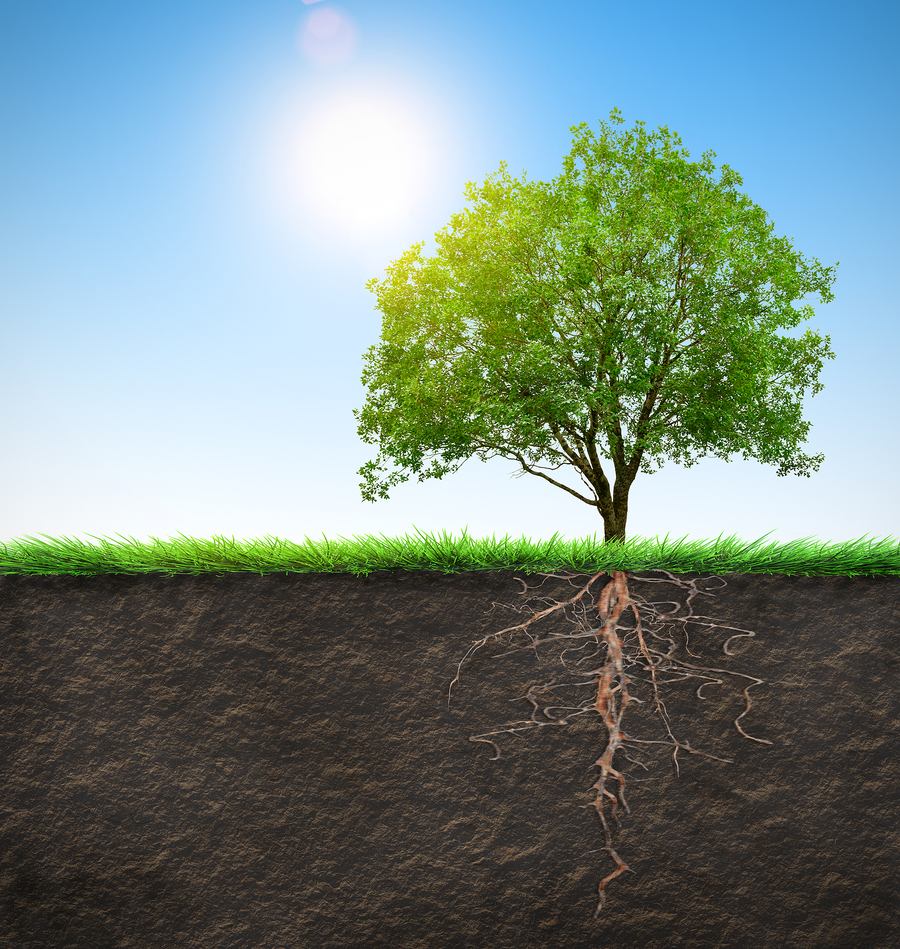
The most common underground hazard is utility lines and pipelines. These include electrical cables, gas lines, water pipes, and telecommunications cables. Accidental strikes during construction or tree removal activities can cause severe consequences, such as gas explosions, power outages, or water contamination. It is essential to contact your utility company or a trusted tree service before starting any digging project to locate and mark these lines accurately.
Unstable soil conditions and sinkholes are natural underground hazards that can cause significant damage. Soil stability can be affected by water saturation, erosion, and geological formations. Sinkholes occur when the ground collapses because of the deterioration of underlying rock, often limestone. These hazards can cause the sudden collapse of structures and pose serious safety risks. Hiring a professional tree care company ensures thorough geological surveys and soil testing to identify areas prone to instability during construction or tree-related projects.
Contaminated groundwater is another significant underground hazard affecting human health and the environment. Sources of contamination include industrial waste, agricultural runoff, and leaking underground storage tanks. Pollutants can seep into groundwater supplies, making them unsafe for drinking and irrigation. Regular monitoring by professional arborists or technicians of groundwater quality and implementing remediation measures are crucial for protecting water resources.
If not managed properly, buried waste and landfills can pose serious environmental and health hazards. Hazardous materials, such as chemicals, heavy metals, and medical waste, can leach into the soil and groundwater, causing long-term contamination. Landfills can also produce methane gas, a potent greenhouse gas that can cause explosions if not vented correctly. Proper landfill design, monitoring, and waste management minimize these risks.
Underground storage tanks are commonly used for storing fuel and chemicals. This can become hazardous if they corrode or leak. Leaking USTs can contaminate soil and groundwater, posing significant environmental and health risks. Regular inspection, maintenance, and proper disposal of old tanks are necessary to prevent leaks and mitigate potential hazards.
Whether you are moving into a new home or conducting a tree removal project, understanding and addressing hidden underground hazards are vital for ensuring public safety, protecting infrastructure, and preserving the environment. Contact us at Driscoll Tree Service and schedule a consultation with our arborists to access thorough assessments, implement preventive measures, and follow best practices in excavation and construction. Our tree service experts work with you throughout the process to mitigate the dangers associated with these hidden underground hazards and promote safer, more sustainable development.

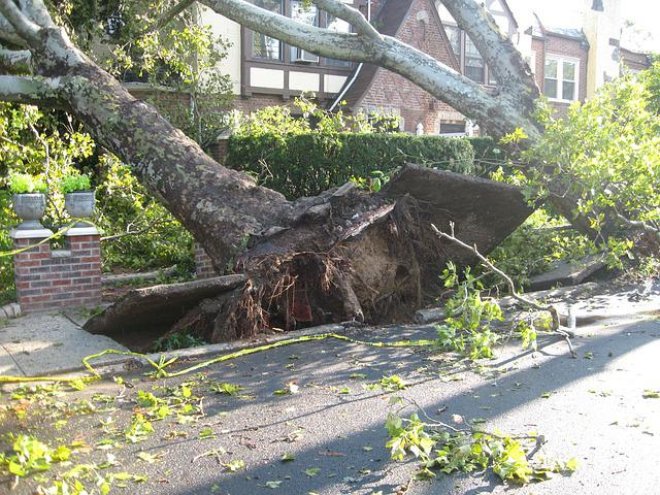
Just like your car needs regular oil changes and tune-ups, your trees also require routine trimming to keep them healthy and enhance safety. Trimming trees may not be your kind of ideal weekend activity, but it helps to keep your…
Read More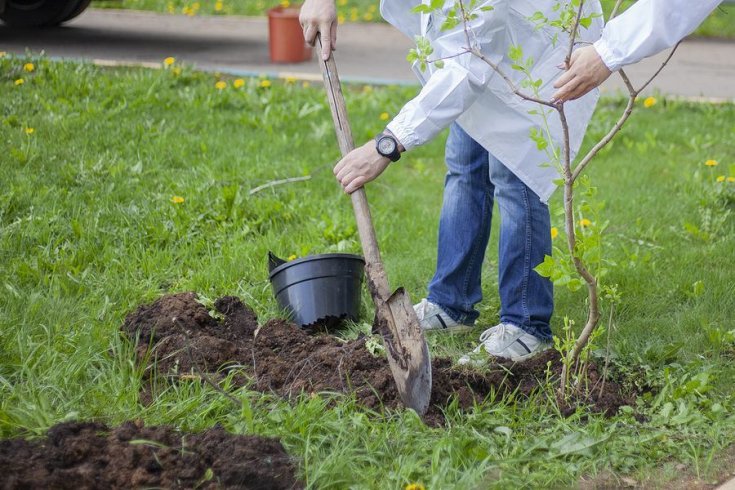
Best Trees to Plant for Shade A good shade tree is a must if you live in an area where the temperatures tend to rise in the spring and summer. Choosing the right trees can not only offer a cool…
Read More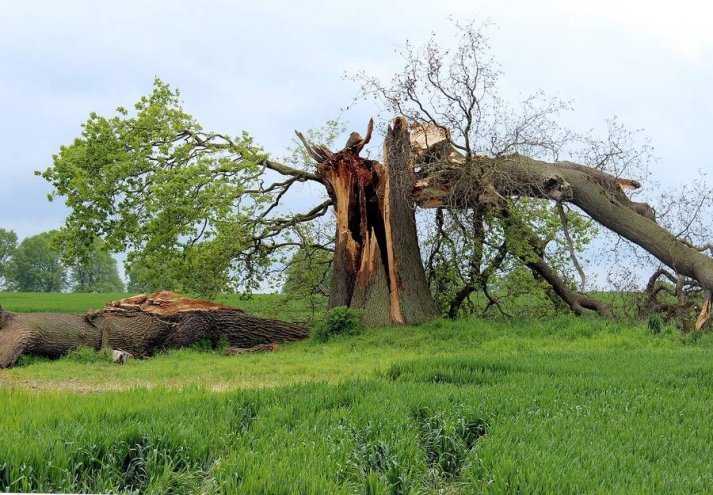
How to Save a Storm-Damaged Tree Storms strike anytime, causing significant damage to utility lines, houses, and commercial buildings. In addition, storms may damage trees, but it is often minor and results in no permanent damage. It would help if…
Read More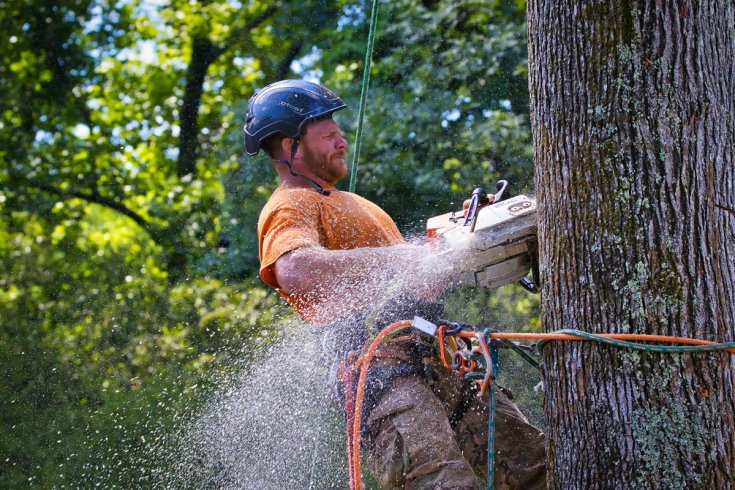
Why Dead Trees Should Be Removed Trees are a valuable addition to any landscape. However, dead trees pose safety hazards and should be removed before things get out of hand. Many property owners usually ignore telltale signs of deterioration until…
Read More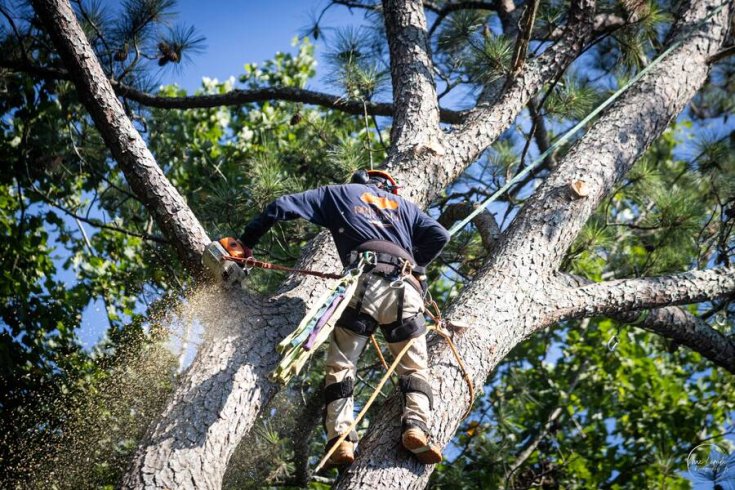
The Best Time of Year to Trim Your Trees (And Why It Matters) Trees are more than just scenery that beautify Metro Atlanta's landscape; they’re vital parts of our yards and provide shade, beauty, and environmental benefits. If you want…
Read More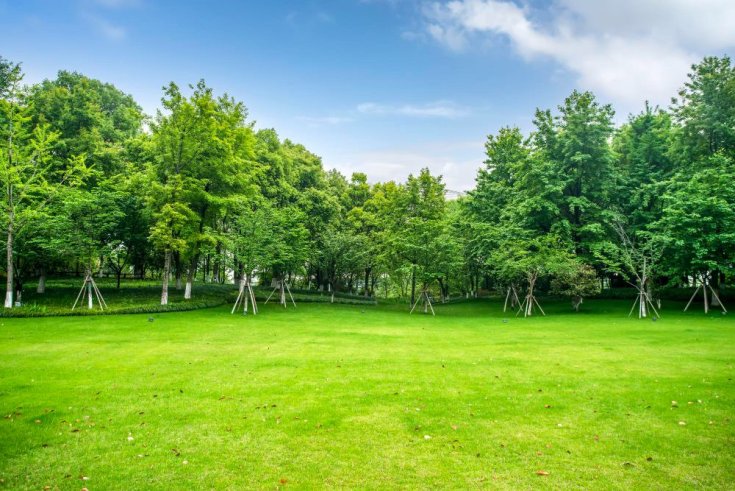
Most Interesting Facts About Trees Trees provide more than just clean air for the planet; they are entities that have been around for many years, bearing witness to Earth’s rich history. As a professional tree care company, the Driscoll Tree…
Read More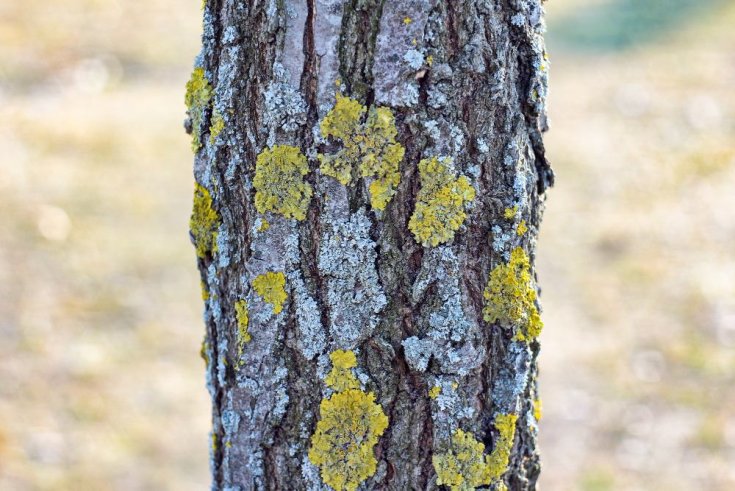
5 Common Tree Disease Treatments Trees are vital for our environment, providing shade, oxygen, and beauty. However, trees are susceptible to diseases that can compromise their health and longevity. As a reputable tree care company, Driscoll Tree Service provides proper…
Read More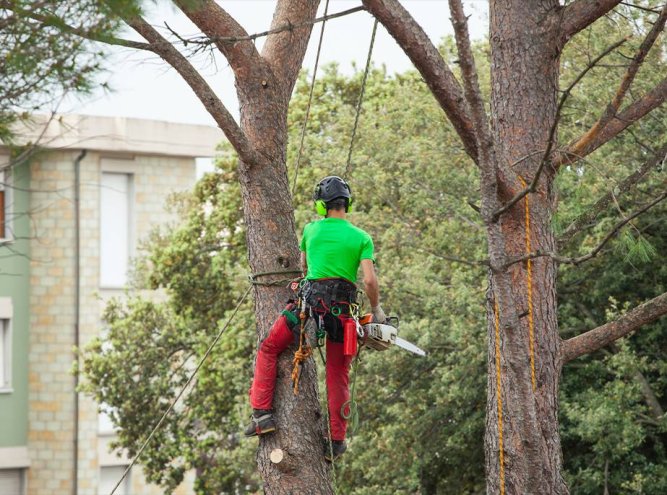
Seasonal Tree Care Tips: Summer Edition As summer kicks into full gear, trees in your yard require special attention to stay healthy and vibrant. As a trusted tree care company, Driscoll Tree Service provides routine inspections and maintenance to protect…
Read More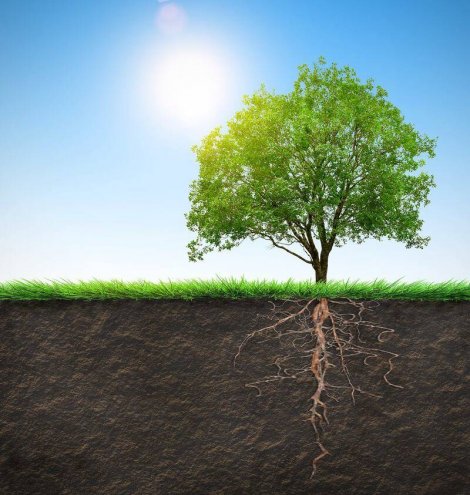
4 Signs of Tree Root Damage Trees are valuable additions to any landscape and offer various environmental benefits. Regular care is critical to maintaining healthy and durable trees, like most living things. If you suspect deterioration in your trees, the best…
Read More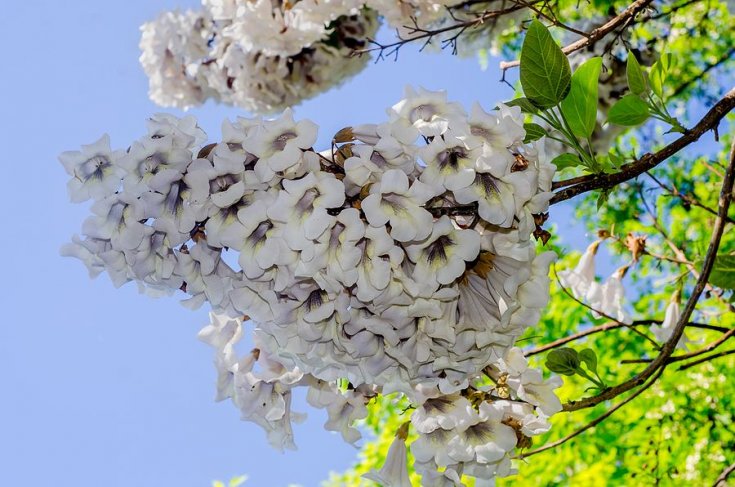
3 Types of Tree Flowers There’s nothing more spectacular than the fantastic spectrum of colors as different trees bloom. Whether you appreciate the distinct scent of blooming pine cones or despise the memory of stepping on mushy fruits, trees don’t…
Read More